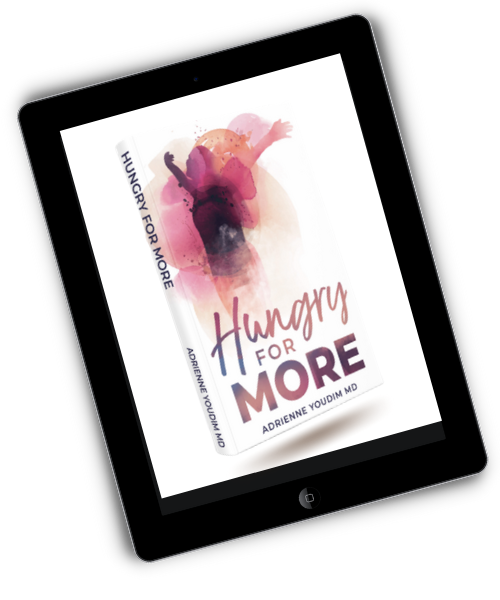Throughout my years of working in nutrition, I have met patients who hang their heads in shame and declare themselves emotional eaters, while other patients are adamant that they are not. However, the truth is that we are all emotional eaters, whether we like it or not. It’s science. The connection between food and our emotions is hardwired into our DNA and into our neurochemistry.
How Satiety Hormones Are Related to Emotions
Satiety hormones are hormones that manage our hunger and respond to food, nutrients, and the amount of fat cells we have and dictate hunger, or satiety, to our brains.
Ghrelin, one of the two major satiety hormones, predictably rises around mealtime, signaling to your brain that you are hungry. However, research has shown that stress also triggers ghrelin, regardless of whether the person has recently eaten. This means that if you’re stressed, your ghrelin levels will rise and trigger hunger, even if you are already full.
How the Limbic System is Linked to Eating
The part of your brain called the limbic system is responsible for processing emotions, pleasure, and motivation, and research has shown that this system is also linked to eating. Structures in the limbic system respond to alcohol, cigarettes, sex, and other drugs, triggering a release of dopamine, the feel-good hormone that makes you happy. These same structures respond to palatable (yummy) foods in the same way, triggering that same release of dopamine and making you feel happy when you eat something tasty.
Dopamine, Habit Formation, and Addiction
The limbic system is not the only part of the brain that influences emotional eating; dopamine also interacts with other parts of your brain which reinforces motivating behaviors. By stimulating the prefrontal cortex, the part of your brain involved in thinking and cognition, it signals that this food tastes good, reinforcing that you should eat it again. This motivates us to seek out highly palatable foods more frequently, eventually creating a habit.
Dopamine also triggers the hippocampus and the amygdala, the parts of your brain responsible for memory formation and emotional responses. So as an example, if your mom makes you cookies whenever you are sad, eating them will release dopamine, and that feeling of happiness or love will get recorded as a sweet memory. When you eat or even just smell cookies later in life, you will be able to conjure that feeling of love and care.
You may think of that as a good thing, but this can lead to food addictions. Over time, your body requires more of that food to signal the release of dopamine. What used to take only one bite of a cookie will now take more and more for the same amount of dopamine to be released. So, in search of that good feeling, you will begin to consume more, much like one would with alcohol or cigarettes.
Ways to Overcome Emotional Eating
The first step to overcoming emotional eating is to practice mindfulness and examine why you are eating. Ask yourself: are you really hungry, or are you bored, tired, anxious, or frustrated? Are you eating because you truly want the food, or are you eating to soothe your emotions in some way?
To help yourself determine whether you are eating to soothe your emotions, you may want to download an emotion wheel. This wheel visually represents the primary emotions and displays different degrees and complexities of each, showing the relationship between hundreds of different emotions. This can help you to identify and name the emotion you are truly feeling.
You might also want to consider keeping a mood log. Instead of writing down what you eat, a mood log involves listing how you feel each time that you seek food. This will allow you to identify the emotional patterns that cause you to eat.
And, finally, when you are feeling the urge to soothe your emotions, you can also seek dopamine from other sources. Sunshine, heartfelt connection, movement, and mindfulness practices all trigger a release of dopamine and may help you find comfort without the comfort foods you usually turn to.
If you found this post useful, you can learn more about the science behind hunger in my new book, Hungry For More: Stories and Science to Inspire Weight Loss From The Inside Out, which is now available on Amazon! If you’d like a hardcover, personalized, autographed copy with free shipping, use the code freeship at hungryformore.net.


